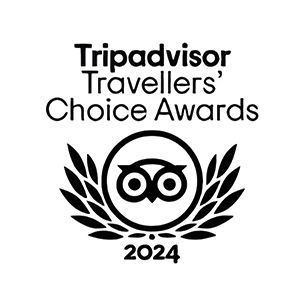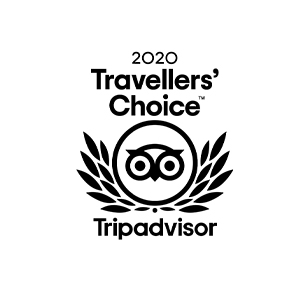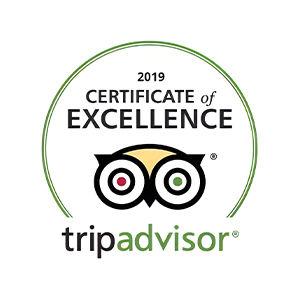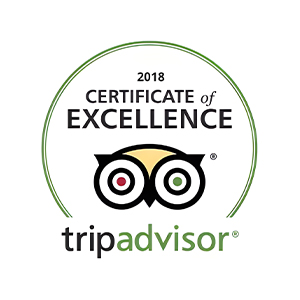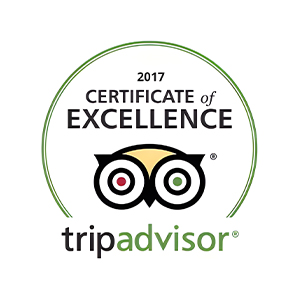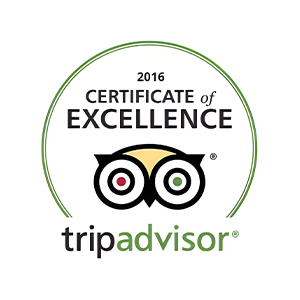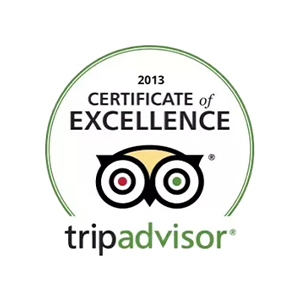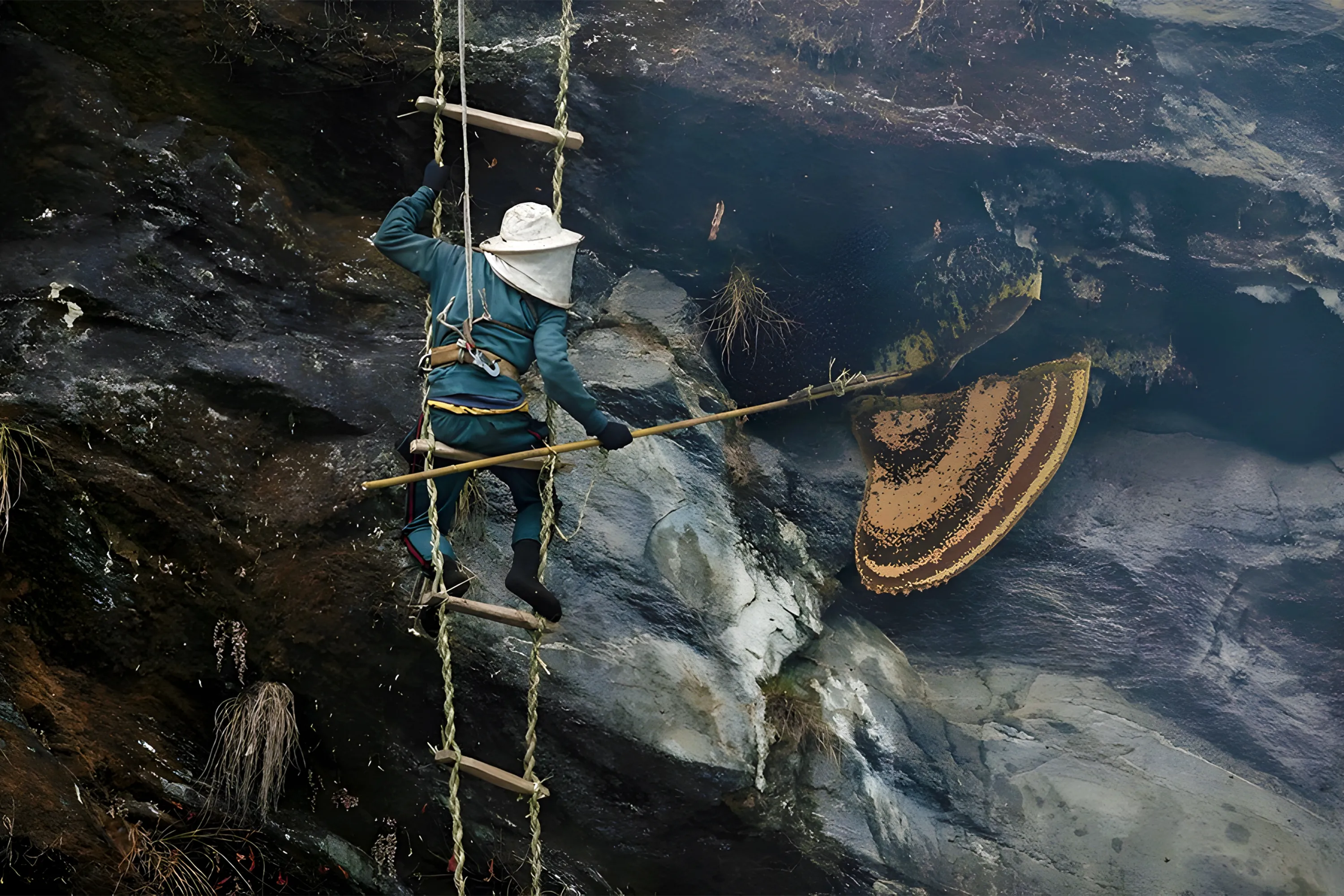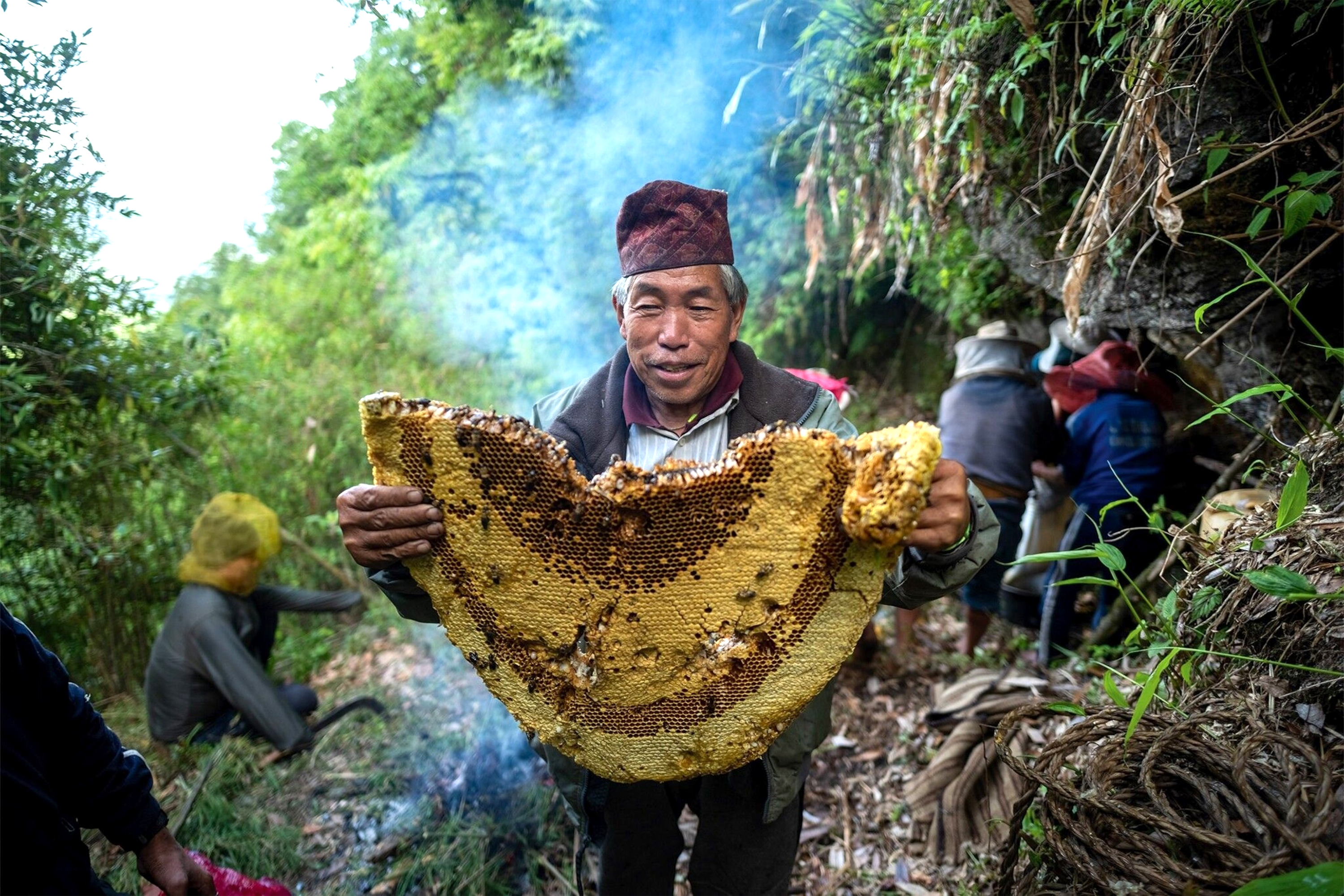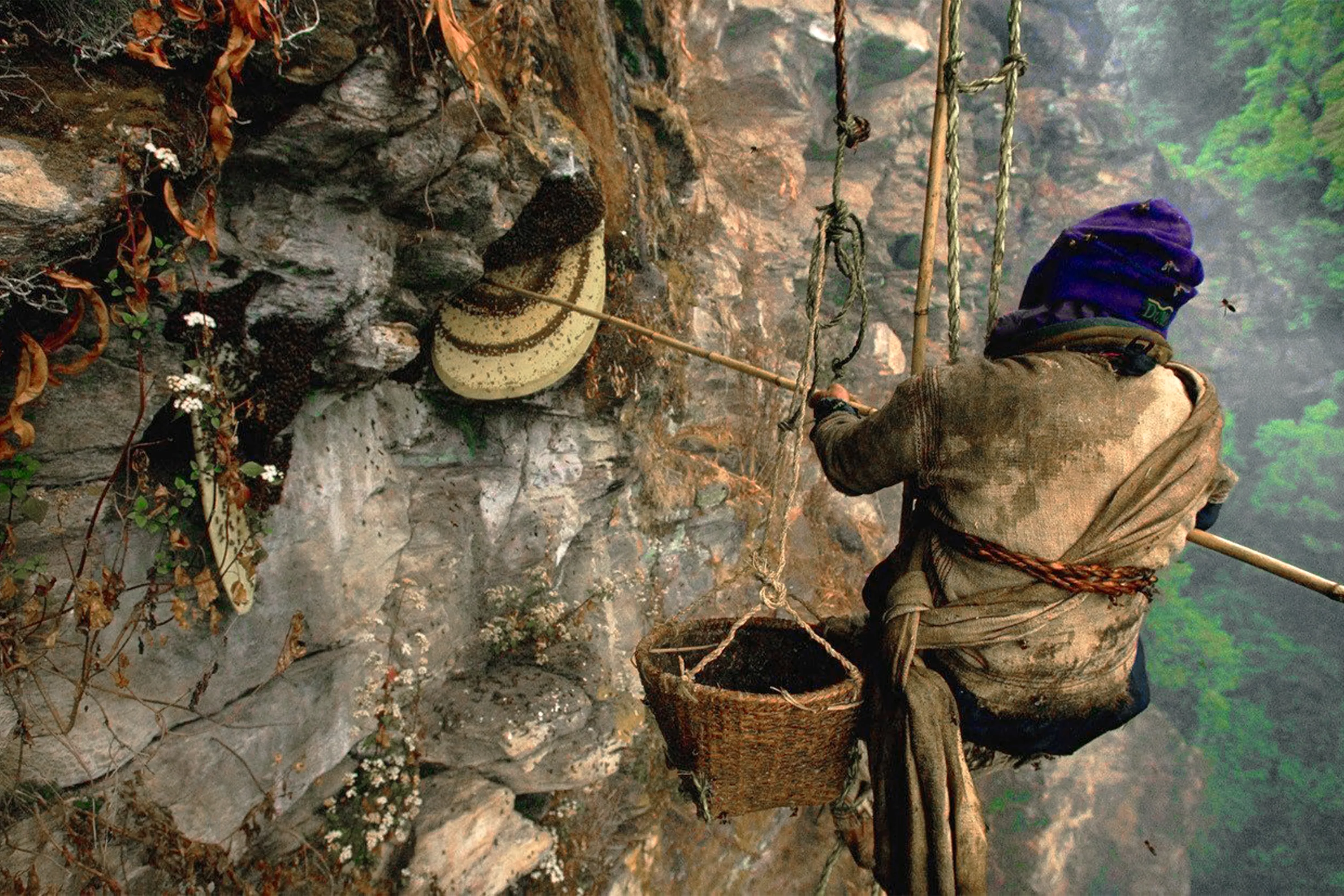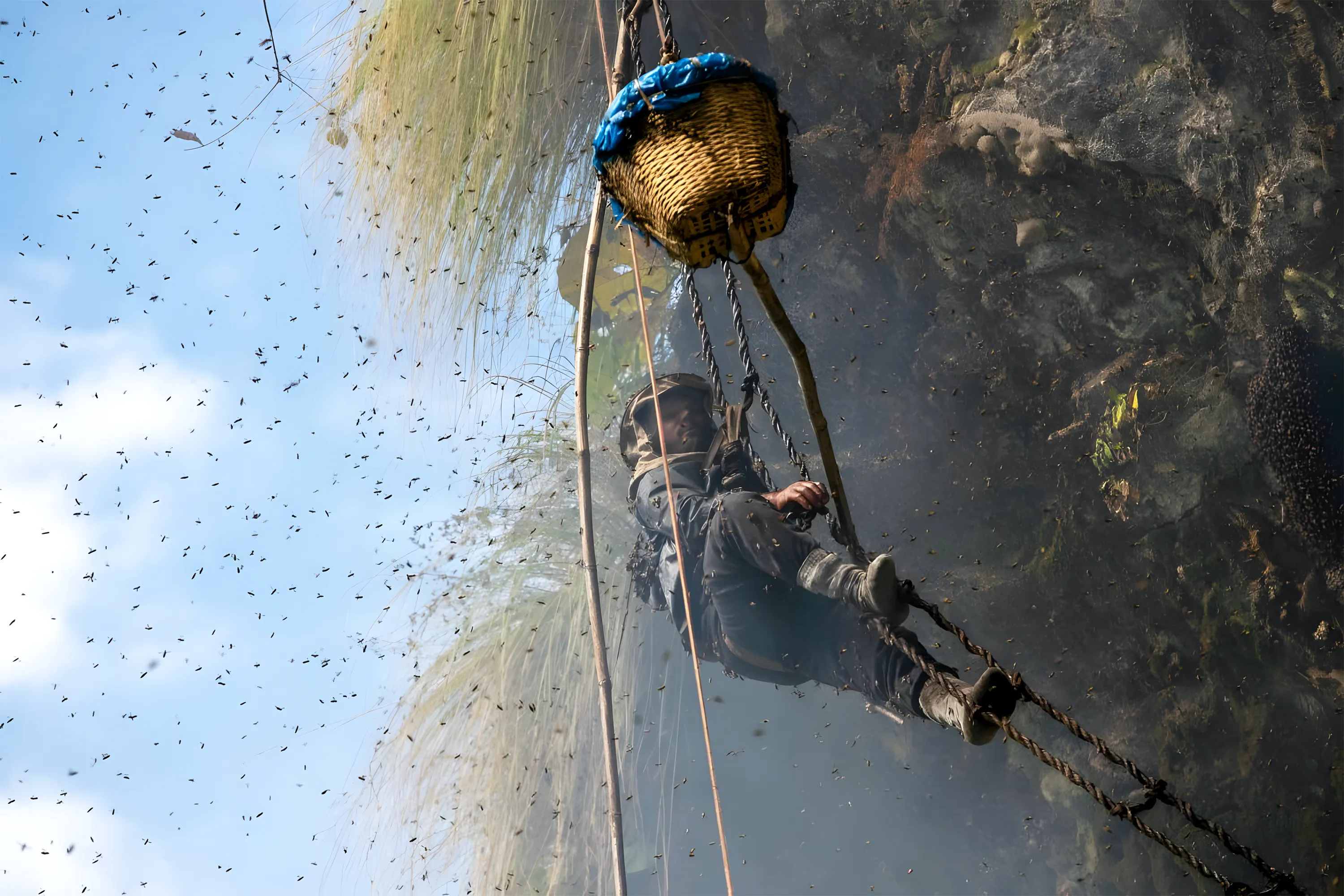OFF
Discounts are solely based on your group size. We do not add anyone to your group.
- Best Price Guarantee
- Hassle-Free Booking
- Team of highly experienced Experts
- Your Happiness Guaranteed
Book Now. No Booking or Credit Card Fee
- Schedule Your Own Dates
- Group Discounts
- Guaranteed Departures
- Easy Cancellation
- 60% Repeated Customers
-
- Duration
- 10 Days
-
- Transportation
- Private Vehicle
-
- Trip Grade
- Moderate
-
- Max-Altitude
- 2670
-
- Accomodation
- Teahouse & Hotel
-
- Primary Activity
- Trekking, Sightseeing
-
- Meals
- B|L|D on Trek, |B| in Kathmandu
-
- Best Season
- Spring- Autumn
-
- Distance
- 1977 km
The Honey Hunting in Nepal package is designed for travellers who love adventures, nature, and learning about new cultures. This trip is very different from other adventures because we are not talking about simple Honey Hunting in Nepal. It is one of the most thrilling adventures where you will get to see the Honey hunters risking their lives to collect wild honey from the cliffs.
The Honey Hunting in Nepal trip brings travellers to the world of the Gurung and Magar tribes of Nepal. These tribes are an ethnic community that has been part of the Himalayas and nature for many centuries. This journey shows you the typical Himalayan tradition, where you can see the rituals and courage of people.
This 10-day adventure brings you to Bhujung and Pasgaon villages. It is located at the foot of the Annapurna, where people have been honey harvesting for generations as a livelihood.
The heart of the trip is the ancient way of wild honey hunting in Nepal. The honey is harvested according to the harvesting seasons. The preparation of honey harvesting starts with prayers, chantings, and offering a sacrifice (like a chicken) to the forest spirits. Villagers do these with the belief of protecting themselves from any harm during the hunting process.
Afterwards, Honey hunters get down to business by climbing sheer rock walls on fragile handmade bamboo ladders. After reaching near the beehives, they cut down the huge golden honeycombs skillfully. They use strong bamboo or wooden sticks with a sharp blade attached to harvest the honey combs.
The honey collected is called Mad Honey. It’s rare reddish nectar colour comes from the rhododendron blossoms gathered by bees. The blossoms of rhododendron have a natural chemical called grayanotoxin, which is the reason that causes hallucination and dizziness, making people go mad if it’s consumed in large amounts. Therefore, it is called Mad Honey Hunting.
Mad Honey is harvested due to its medicinal properties. The Honey Hunting Nepal package gives you a thrilling sight of people collecting it from impossible heights, and to taste it.
The Honey Hunting Nepal trip shows the raw and wild beauty of Lamjung. Walking along with terraced rice fields glowing in the sun and rolling hills, each stop has something new to see. With the backdrop of the Annapurna and Manaslu ranges, travellers have to pass through the villages like Ghalegaun, Ghanpokhara, Pasgaon, and Pakhrikot. From these villages, you can see the close-up panoramic views of Annapurna II, Lamjung Himal, and Manaslu.
The journey of Honey Hunting in Nepal truly heals your soul as you trek through waterfalls falling down the cliffs, springs, high suspension bridges swinging over the grumbling mountain rivers, and rhododendron forests alive with birdsong. Spending a night with the Gurung and Magar families, sharing meals cooked over open fires, joining in evening folk songs and dances, gives you a therapy. You can also see some of the iconic mountain views in Nepal.
Doing a Honey Hunting in Nepal adventure means you are also supporting local tourism. This type of eco-trekking helps the lives of the Gurung and Magar communities economically. Honey hunting season in Nepal is the second week of November (Autumn) and May (Spring), which means it has arrived.
Booking for the Honey Hunting Nepal package for 2025 and 2026 is now exclusively open. Without any delay, reserve your seat now and join one of the most special adventures, Honey Hunting in Nepal with Access Nepal Tours and Trekking.
Highlights of Honey Hunting in Nepal
-
Honey harvesting in a traditional way.
-
Witness Honey harvesting rituals.
-
Getting a chance to taste a Mad honey (known for its health benefits and mild hallucinogenic effects).
-
Stay in mountain villages like Bhujung and Pasgaon, living with local Gurung/Magar families.
-
Trekking through fields, subtropical forests, and river valleys with panoramic Himalayan views.
-
Sweeping views of the Annapurna, Manaslu, and other mountain ranges.
-
Cultural immersion as you stay in Gurung village, like Ghalegaun.
Day 01Arrival in Kathmandu
Day 02Kathmandu Valley Sightseeing Tour
-
- 1,440 m/ 4,724 ft
-
- 6 to 7 hrs of tour
-
- 1,406 meters/ 4,613 feet
Day 03Drive to Besisahar from Kathmandu
-
- 179 km/ 111 miles
-
- 1,440 m/ 4,724 ft
-
- 6 to 7 hrs of drive
-
- 760 meters/ 2,493 feet
Day 04Trek to Ghalegaun from Besisahar
-
- 24 km/ 14 miles
-
- 2,100 meters/ 6,890 feet
-
- 7 to 8 hrs of trek
-
- 2,100 meters/ 6,890 feet
Day 05Trek to Ghanpokhara from Ghalegaun
-
- 1.6 km/ 0.99 miles
-
- 2,670 meters/ 8,760 feet
-
- 1 to 2 hrs of trek
-
- 2,670 meters/ 8,760 feet
Day 06Honey-Hunting Ceremony
-
- 6 km/ 3.7 miles
-
- 2,670 meters/ 8,760 feet
-
- 6 to 7 hrs of trek
-
- 2,100 meters/ 6,890 feet
Day 07Trek to Pasgaon via Bhujung from Ghalegaun
-
- 17 km/ 11 miles
-
- 2,100 meters/ 6,890 feet
-
- 6 to 7 hrs of trek
-
- 1,650 meters/ 5,413 feet
Day 08Trek to Pakhrikot from Pasgaon
-
- 12 km/ 7.5 miles
-
- 1,650 meters/ 5,413 feet
-
- 5 to 6 hrs of trek
-
- 1,200 meters/ 3,937 feet
Day 09Trek to Thumsikot and Drive to Kathmandu
-
- 180 km/ 111 miles
-
- 1,440 m/ 4,724 ft
-
- 7 to 8 hrs of drive
-
- 1,440 m/ 4,724 ft
Day 10Departure from Kathmandu
- Airport Transfer (Pick up and drop off).
- Standard accommodation for 3 nights (Day 1, 2, & 9) at Apsara Boutique Hotel, Kathmandu on a twin sharing basis (Upgrade accommodation in additional cost).
- Traditional Nepali style welcome dinner (Day 1) along with cutural performances.
- Private toursit vehcle for sightseeing.
- Shared jeep drive from Kathamndu to Besisahar (Day 3) and Thumsikot to Kathmandu (Day 9)
- Twin-sharing accommodation throughout the trek (Upgrade accommodation in additional cost).
- Hot showers and attached toilet bathrroms a availabe area.
- Breakfast, lunch, and dinner (full board meals) during the trek, seasonal fruits, and 3 cups of tea/coffee.
- 1 Highly experienced, licensed, first-aid trained, English speaking local guide for 7 travellers (Insurance and fees included).
- 1 Porter for 2 travellers (Insurance and fees included).
- Farewell dinner (Day 9) in Kathmandu.
- Unlimited water purification tablets.
- Duffel bag, Access Nepal Tours and Trekking T-shirt, Honey Hunting Nepla route map as a souviner.
- Sleeping bags and Down jackets (provide free of charge to use if needed).
- Adventure certificate.
- Basic first-aid kit.
- All monument sightseeing entry fees, trekking permits, and government tax.
- Emergency helicopter evacuation arrangement (covered by your tarvel insurance).
- Nepal Tourist Visa.
- Other meals in Kathmandu (welcome and farewell dinner included).
- Personal expenses, travel insurance, internet, and charging electronic devices.
- Tips for guides and porters.
- Additional stay in Nepal and an extra trip.
Our groups are small with maximum 14 people. We create groups of independent travelers, friends and families which maintains close interpersonal connection, engage more and get into depth of the journey. Choose a date from the calendar to reserve your spot.
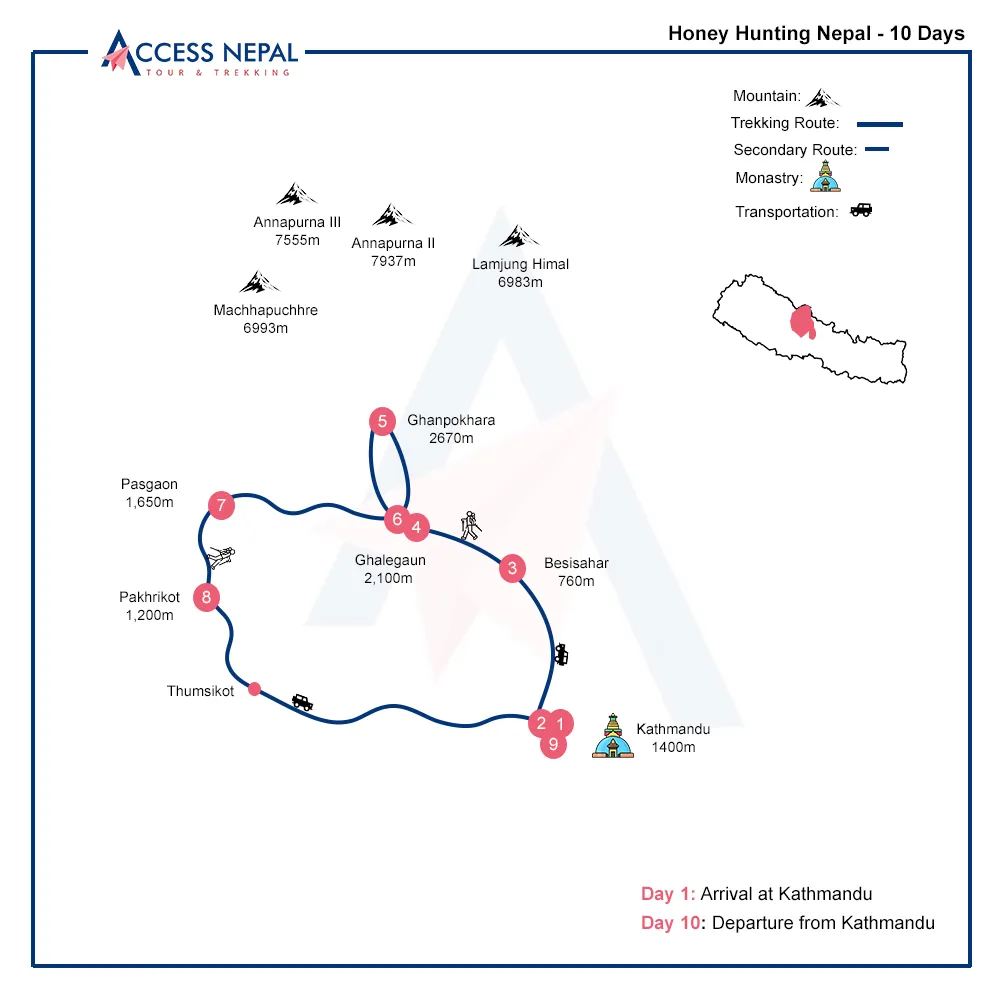
Arrival and Welcome
We heartily welcome you to Nepal, and we wish you a wonderful Honey Hunting Nepal trip. After you arrive at Tribhuvan International Airport in Kathmandu, a representative from Access Nepal Tour and Trekking will come to pick you up and transfer you to the hotel via a private tourist vehicle.
We will have a pre-trek meeting before the trek to understand in more detail about the itinerary, required gear, and other important things. Access Nepal also arranges a welcome dinner in a traditional Nepali style and cultural performances.
Accommodation during Honey Hunting
The Honey Hunting in Nepal trek is physically exhausting. Walking for many hours from day to day is not easy. Therefore, a place to sleep and recover the body for the next adventure is essential. Access Nepal Tours and Trekking provides standard accommodation throughout the trek.
The places you will be staying are: Kathmandu (3 nights), Besisahar (1 night), Ghalegaun (2 nights), Ghanpokhara (1 night), Pasgaon (1 night), Pakhrikot (1 night).
In Kathmandu, we provide comfortable accommodation with private bathrooms. The rooms are standard and are on a twin-sharing basis. To those who prefer more premium services, you have the option to upgrade it at an additional cost.
Similarly, during the trek, you’ll stay in local tea houses. The rooms along the trail are basic and standard on a twin-sharing basis. Attached toilet bathrooms are available in the city area only, except for shared toilets. Hot showers are not available at higher altitudes; instead, you can ask to boil water after paying a small fee. Nights are cold at higher elevations, so carry warm layers.
What to Eat during the Honey Harvesting in Nepal Trek?
All meals during the Honey Harvesting Trek are all-inclusive in the package. It includes 9 Breakfasts, 7 Lunches, 8 Dinners (welcome and farewell dinner included), 3 cups of tea/coffee daily, and seasonal fruits throughout the trek.
All the meals provided are organic and nutritious, which are healthy and give energy while trekking. Most teahouses serve simple vegetarian meals. Food provided during the trek is mostly Nepali staple dishes: Dal, Bhaat, and Tarkari (rice, lentils, and vegetable soup). Other dishes include noodles, soups, Mo: Mo, porridge, eggs, toast, etc.
Similarly, we suggest you not drink tap water in the mountains. It is best to carry a refillable water bottle. Teahouses provide boiled or mineral water for small fees. We provide unlimited purification tablets for your safety.
If you have any dietry peference or allergies, please inform us beforehand, so we can prepare the meals accorodingly.
Honey Hunting Season in Nepal
The best seasons for Honey Hunting Nepal are Spring (May) and Autumn (November). Second week of the month is the prime time for honey hunting. During these seasons, bees are more active along with perfect weather and trekking conditions.
The prime time to harvest the Mad Honey in Nepal is during spring. The honey collected during this season is most potent. Rhododendron flowers bloom in spring, which attracts the bees. The rhododendron nectar of spring contributes to collecting a nectar with a higher level of Grayanotoxin, which is the main property of Mad Honey.
Autumn is also a perfect time for honey hunting. There might be a slightly different taste harvested in Autumn due to the different flowers blooming in these seasons. Otherwise, the weather condition and all makes it an ideal time for trekking and honey hunting.
Trekking and hunting can be done in the Monsoon and Winter too, but it is least favorable.
Fitness Requirement & Difficulty
Honey hunting Nepal is a moderate-level trek. From day 4 of the itinerary, trekkers have to walk consciously for 6 days. On average, you have to walk for 6 to 7 hrs. Walking this much is already physically demanding. Moreover, the trails you are walking are not well-maintained due to the remote location and high elevation. You have to climb steep paths, rocky and uneven trails.
Therefore, you have to be physically fit and healthy. We suggest you start preparing for trekking by doing cardiovascular exercises 1 or 2 months prior. You can do exercises like running, short hiking, cycling, swimming, skipping, jogging, yoga, etc. We provide guides and porters, which also makes the trek easier.
Also, consult your doctor if you have any health issues. Otherwise, with our highly experienced and professional team and your dedication, Honey harvesting can be done safely and efficiently.
Altitude Difficulties during Honey Harvesting
The honey hunting trek doesn’t take you that high. The highest point of this trek is 2,670 meters/ 8,760 feet at Ghanpokhara. Still, prevention is better than cure. If you trek without getting a proper rest, then you might fall sick.
All of our packages follow “Climb high, Sleep Low rules.” Our itinerary also includes acclimatization days to prevent altitude sickness. We suggest you to:
- Drink plenty of water
- Walk slowly
- Eat nutritious food
- Avoid alcohol and smoking
- Get proper rest
- Follow the guide’s instructions during the trek
Honey Hunting in Nepal Packing List:
We always recommend: Pack light and smart. The things to prepare for the Honey Hunting Nepal trip are listed below:
- Breathable base layers
- Warm fleece Jacket
- Down Jacket (provided if needed)
- Waterproof outer layers
- Thermal set
- Hiking pants
- Lightweight walking pants
- Good hiking boots
- Sleeping bag (provided if needed)
- Trekking poles
- Quick-dry quick-change clothes
- Woolen hat and UV protection sunglasses
- Headlamps
- Warm waterproof gloves
- Thick socks
- Toiletries
Travel Insurance
Travel insurance is mandatory for Honey Hunting Nepal. Therefore, ensure that you have insurance that covers high-altitude trekking. Your travel insurance policy must cover things like:
- Emergency helicopter evacuation (at least 5,000m above)
- Medical services
- Trip cancellation/delay
- Lost baggage and stolen goods
Helicopter rescue is very expensive in Nepal, costing you thousands of dollars. That’s why insurance is required for assurance and safety coverage. Without proof of travel insurance, trips cannot operate. For more details on the policy or company about travel insurance, you can find it here: Nepal Travel Insurance.
Permits for Honey Hunting Nepal in Nepal
Permits required for honey hunting Nepal are the Annapurna Conservation Area Permit (ACAP). The permit is necessary for your safety and the conservation of the area.
All required permits and government charges are included in the package. Access Nepal Tours and Trekking will handle everything from the application process to obtaining it.
Nepal Tourist Visa
All foreign travellers except Indian citizens must have a Nepal tourist visa for entry. You can get a visa by applying online in Nepal online tourist visa form, or on your arrival.
Visas are issued for 15, 30, and 90 days with the fees $30, $50, and $125 USD. To apply for a visa, you must have a valid passport for at least 6 months and passport-sized photos. Make sure to carry clean USD or NRS bills.
Nepal Honey Hunting Tour Cost
Our Nepal Hunting Nepal Trip package is fully inclusive. The package is designed to provide you with a smooth adventure without worrying about logistics.
The package includes everything like accommodation, meals, transportation, professional guides and honey-hunting experts, porters, permits, and monument entry fees.
You don’t have to pay extra fees for these essentials. You can travel with ease, and the only thing you need to bring is money for personal expenses.
Safety and Risks in Honey Hunting Nepal
Honey Hunting Nepal is a moderate-level trek. Though it doesn’t take you to that much height, the terrain and remote location still bring some danger. The most dangerous part is climbing vertical cliffs with hand-made bamboo ladders and ropes. However, local Gurung hunters will be the ones climbing, so you don’t have to worry. Some of the risks can be:
- Bee stings: During the collecting process of honey, there is a chance of getting stung by a bee. Therefore, we suggest you wear proper clothes and gear, like face nets, when harvesting honey. Moreover, Himalayan cliff bees are big and aggressive. If you are scared of bees or don’t feel comfortable around them, you can inform the guide beforehand. We are there to observe and will stay below the cliff or behind protective netting, so you don’t have to worry that much.
- Allergic reactions: If you get stung repeatedly, it can sensitize people. Therefore, we strongly recommend that you inform the guide if you have any known bee allergy and carry medication too.
- Remote location and rough terrain: The journey to honey hunting in Nepal is not easy. You have to walk for more than 6 hours daily on rough terrain. Similarly, in mountainous places, the weather changes quickly, and the temperature is mostly cold. Though our package includes a first-aid kit, we still suggest you always be attentive to your surroundings.
- Safety gear: In this trip, we are there to observe the traditional way of honey harvesting. Though they use simple gear, they are professional.
Do not try to climb the cliff alone or attempt to harvest honey on your own. All the high-risk actions are performed by our local experts.
How Is Honey Hunting Done in Nepal?
Most of this wild Honey harvesting is done in a traditional way that has been done for many generations.
- Locate the hive: The Foremost step is locating a hive, which is done by experienced hunters. The find active cliff hives by signs like droning bees and field scents. Most of these hives are located hundreds of meters above river valleys.
- Prepare tools: Early in the morning, the local team gets ready for the harvesting with bamboo poles, hand-woven ladders, strong hemp ropes, and cutters. They perform rituals by praying mantras and giving an offering to forest spirits and mountains for safe and good harvesting. Below the cliff, they set fire to the grass or woods to create smoke.
- Climb the cliff: Then the lead hunter climbs the cliff using the bamboo ladder and ropes. This process is very risky and just a sight of it shakes you. They climb smoothly with little safety gear in bare feet or simple boots.
- Smoke and cut: After reaching near the hive, they gently blow smoke into the hive to calm the bees. Then, he cuts the honeycombs skilfully with the help of a sharp bamboo stick. It’s done with extreme care because one wrong move could disturb the hive or cause to fall. The other team standing below collects the comb pieces.
- Collect and process: After collecting combs, they are carried back to the village. Once the honey is extracted by squeezing or straining, you can taste fresh honey. The mad honey is special; they are sticky, golden-red, and tastes uniquely sweet with a herbaceous tang.
Who Are Nepal’s Honey Hunters?
Honey hunting has been done for many centuries in Nepal. This culture is mostly practiced by the Himalayan ethnic groups. Honey hunting is mostly done in central Nepal by the Gurung and Magar communities. These are the people from villages in Lamjung, Gorkha, and Myagdi. This tradition is practiced and passed down from generation to generation.
Another famous tribe known for mad honey harvesting is the Kulung of Dolakha, eastern Nepal. Each community has its own traditions and rituals for the hunt. Mad Honey in Nepal is harvested with centuries of local knowledge and experience.
Honey Hunting Safety Gears
Since the Honey Hunting in Nepal is done in a traditional way, most of the gear is also traditional and handcrafted.
- Bamboo ladders & ropes: To climb over the cliff, they use long ladders and ropes tied to a bamboo. They are lightweight and help to support the climber’s weight hundreds of meters up.
- Smokers: They use dried grass or wood naturally available in our surroundings to create a thick smoke. It is also the only shield from the bees.
- Cutting tools: To cut the honeycomb, they use iron sickles tied to a long stick or poles.
- Protective gear: A Face net is the only protection from bees. Some hunters, though, use safety gloves or a helmet with a veil. However, the standard bee protective suits and gear are impractical on steep climbs.
Where is “Mad Honey” Harvested in Nepal?
Mad honey is mostly harvested in the eastern part of Nepal by the ethnic groups Gurung and Magar. This honey is made from the nectar of wild Rhododendron flowers found at mid-elevations and collected from the cliffs. The rhododendron flowers bloom at an elevation between 1,500 and 3,000m, which is the main source to produce mad honey for this giant Himalayan bee.
Major honey harvesting regions are Lamjung, Myagdi, Gorkha, Dolakha, etc. The honey has a deep red colour or deep amber due to grayanotoxin properties found in rhododendron nectar. It is known for having an intense sweet-tart flavour.
When you taste it, it is pleasantly sweet and tarty. A few minutes after eating it, you will feel a gentle warming or lightheaded effect, which is called a mild hallucinogenic sensation due to the grayanotoxins. The peak season to harvest mad honey is spring and Autumn.
Tips for Honey Harvesting Nepal
For the best experience, follow these tips for Honey Harvesting Nepal:
- Choosing the right season: Do the Honey Hunting Nepal trip in peak season, which is Spring (May) and Autumn (November). Avoid honey hunting during the winter and monsoon.
- Be physically fit and healthy: The trek is physically challenging due to remote and long hours of walking on rough terrain. Start doing exercises 1 or 2 months before the trip to prepare your body physically. Cardio exercises and long hikes are best suited as pre-trek training.
- Safety outfit: Pack long sleeves on the upper body and long hiking pants on the lower body. Wear sturdy hiking boots along with a brimmed hat and sunglasses to protect from the sun and falling debris. Most importantly, carry an insect headnet and cream or medicine in case of bee stings.
- Follow the guide’s instructions: Do not walk alone and try to stay in a group. Always follow what the guides are saying, as they are professionals who know how to stay safe and handle the bees. Do not climb the cliff without supervision, avoid going near the hives, and do not poke the hives with a stick.
- Respect local customs: Ask permission if you want to photograph or join rituals. If the local people invite you to their home or to join a festival, tip generously.
- Eco-friendly practice: Avoid littering. Do not try to destroy public properties knowingly or unknowingly. Support the local market by buying souvenirs.
Book Honey Hunting Nepal for 2025/2026
The booking process for Honey hunting is simple. Click the Book Now button on the right side of the package. Then, it redirects you to the booking form where you have to fill in the required details.
To reserve the seat, you have to pay 10% of the total trip cost in advance. The remaining amount should be given within 24 hours of your arrival in Nepal. We accept both wire transfers and card/online payments.
Booking for Honey Hunting Nepal is exclusively open for 2025 and 2026. With the peak season around the corner, grab the limited seats quickly and enjoy this adventure with Access Nepal Tours and Trekking.
Amazing time doing EBC trek with Access Nepal! I went with Access Nepal for my Everest Base Camp 14 day trek, and I had an incredible experience! From my very initial inquiry, Sadhana was quick to respond and answer any questions. She made me feel very comfortable and connected throughout the entire process, and provided me with all the relevant information leading up to my arrival. When we finally met in Kathmandu to discuss the trek, she was just as friendly and kind and made me feel at ease knowing I was starting the next morning. I was met by my guide Om Prakash at the Kathmandu airport. From there he was with me the entire time as we traveled to Lukla to begin our trek and until I returned to Kathmandu. Om Prakash was an excellent and friendly guide, with so much knowledge of the area, the culture, the route, where to stay and safe places to eat and drink, and he also took the best photos! It was very helpful to have a local speaking guide to handle flight and accommodation logistics on my behalf, making sure I have somewhere to stay and eat every night. Throughout the trek, he managed my health and recommended me the best course of action when I wasn’t feeling 100%. He set the trekking pace accordingly to ensure my best success. Our porter, Bidur, was also extremely lovely during the trek. He handled my things with proper care, always made sure to have it ready on time by the evening, was extremely friendly and nice to talk to, and provided excellent service and companionship. Overall I had a 10/10 experience with Access Nepal: the trip coordinator Sadhana, my guide Om Prakash and my porter Bidur. I would recommend going with Access Nepal if you are looking to conquer the EBC trek or any similar in Nepal!
Emmanuel Saulog Nepal
Awards and Achievements
Access Nepal Tour and Treks has been recognized with TripAdvisor’s prestigious Travelers’ Choice Award for multiple consecutive years, reflecting our unwavering commitment to quality and clients’ satisfaction.
